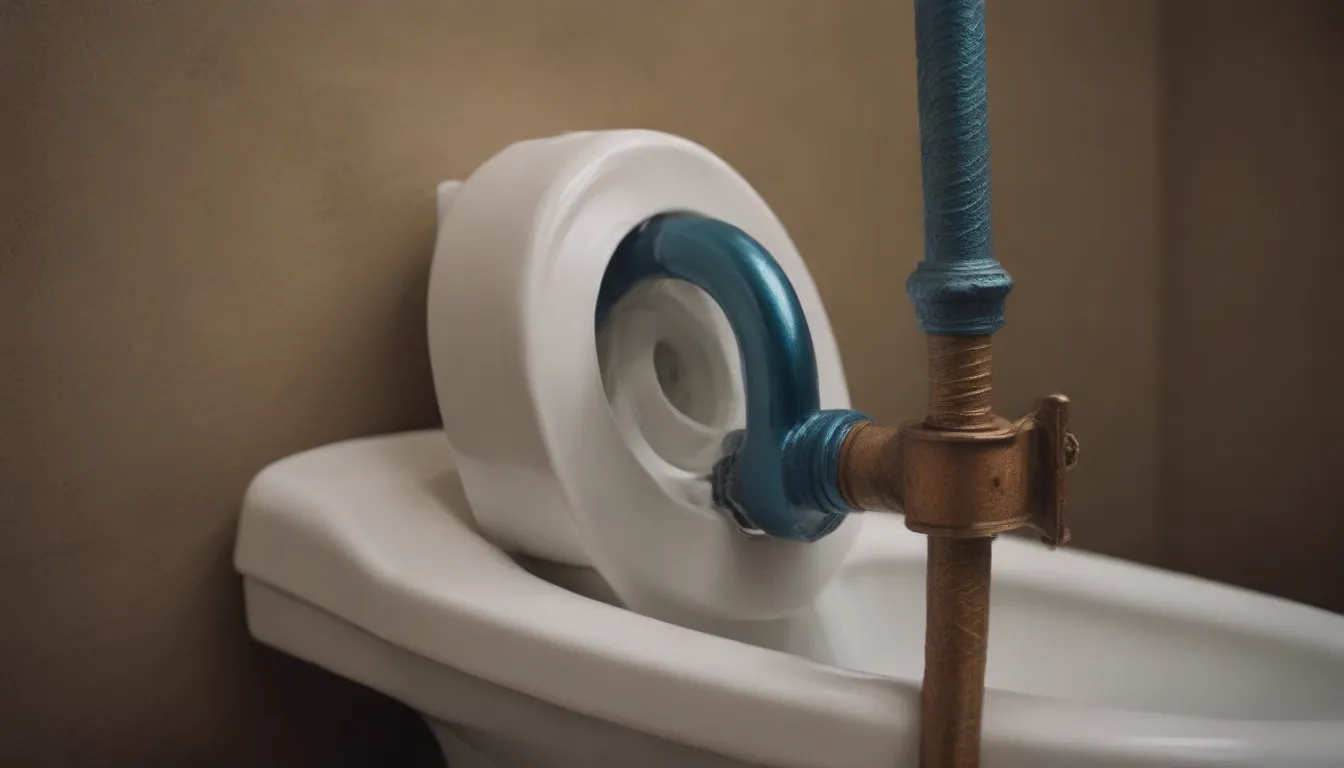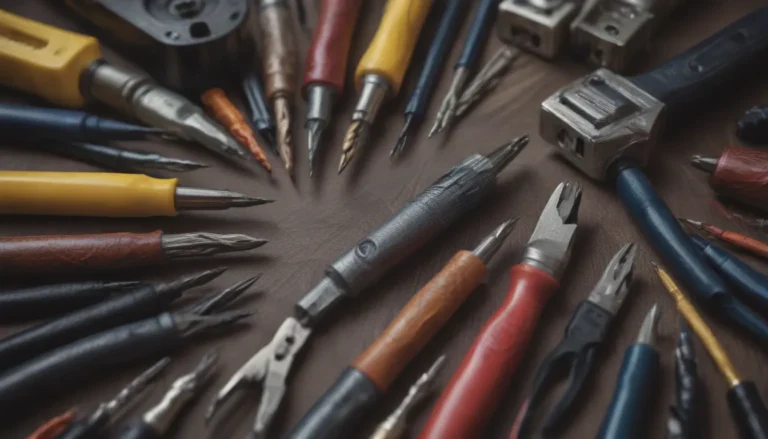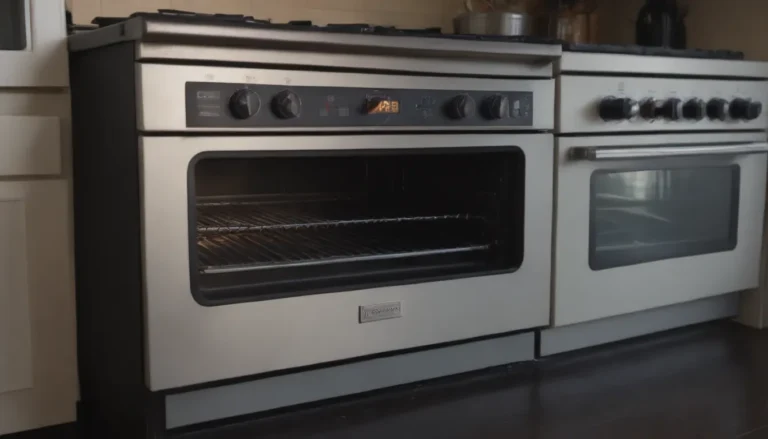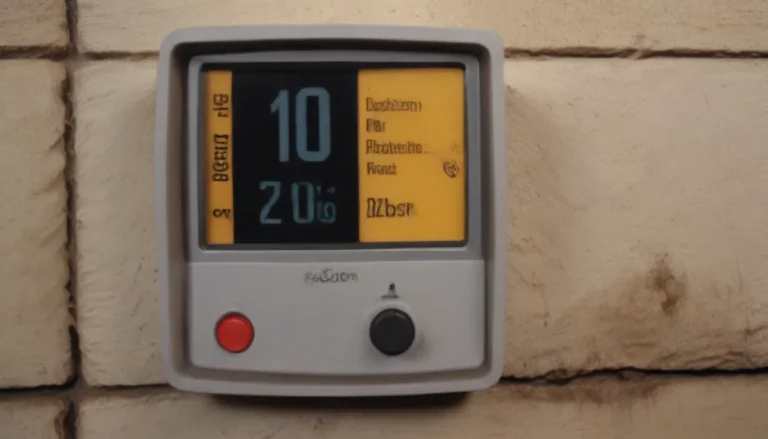The Ultimate Guide to Using a Toilet Auger

Are you tired of dealing with stubborn clogs in your toilet that just won’t budge, no matter how hard you plunge? It may be time to add a toilet auger to your plumbing toolkit. In this comprehensive guide, we will walk you through everything you need to know about using a toilet auger effectively and safely.
What Is a Toilet Auger?
A toilet auger, also known as a closet auger, is a specialized form of drain snake designed specifically for clearing clogs in toilets. Unlike a standard drain snake, a toilet auger is equipped with a rubber sleeve that protects the porcelain surfaces of the toilet bowl from scratches. This makes it a safer and more effective option for clearing stubborn clogs without causing damage to your toilet.
Toilet Auger vs. Toilet Plunger
When it comes to unclogging toilets, you may be familiar with using a traditional toilet plunger. While a plunger can be effective for minor clogs, a toilet auger is a more powerful tool that can tackle more challenging blockages. Here are some key differences between a toilet auger and a toilet plunger:
Toilet Auger:
- Can reach clogs up to the main soil stack
- More expensive than a toilet plunger
- A single-use tool specifically designed for toilet clogs
- Best for clearing clogs in the toilet’s trap
- Some types are convertible and can be used for other drains as well
Toilet Plunger:
- Less expensive than a toilet auger
- Best suited for clogs in the toilet’s built-in trap
- Less effective for clogs located past the toilet, in the branch drain leading to the main soil stack
- May require lifting the toilet to access the piping for major clogs
How to Use a Toilet Auger
Step 1: Insert the Toilet Auger Cable
- Pull the auger handle up so that the end of the cable is close to the bottom curved end of the auger tube.
- Make sure the rubber or plastic sleeve is in place to protect the toilet bowl from scratches.
- Wear gloves when handling the cable to protect your hands.
Step 2: Crank the Handle
- Hold the toilet auger housing with one hand and use the other hand to crank the handle.
- Rotate the cable slowly to feed it into the toilet drain.
- Avoid using excessive force, as this can cause the cable to double back on itself.
Step 3: Extract the Cable
- Once the cable has passed through the clog, pull it back out of the toilet by rotating the handle.
- Remove the entire tool from the toilet bowl once the cable is fully extracted.
Step 4: Flush the Drain
- Flush the toilet to check if the clog has been cleared.
- Repeat the snaking process if necessary to ensure the drain is completely clear.
Safety Considerations
When using a toilet auger or any drain tool, it’s essential to take proper safety precautions to protect yourself and prevent the spread of bacteria. Here are some safety tips to keep in mind:
- Wear gloves when handling the toilet auger to avoid contact with bacteria from drain pipes.
- Rinse off the tool after each use to remove any debris or bacteria.
- Store the toilet auger in a dry place to prevent rusting.
Buying vs. Renting a Toilet Auger
While toilet augers are available for rental at home improvement centers and tool rental outlets, they are relatively inexpensive to purchase. Investing in your toilet auger can save you money in the long run and provide you with a reliable tool for tackling stubborn clogs whenever they arise.
Maintaining Your Toilet Auger
To ensure that your toilet auger remains in good working condition, follow these maintenance tips:
- After each use, rinse the auger and wipe the cable dry to prevent rusting.
- Store the toilet auger in a dry place away from moisture.
- Periodically wipe the cable with a cloth moistened with light machine oil to prevent rust and ensure smooth operation.
When to Replace Your Toilet Auger
With proper care and maintenance, a toilet auger can last for decades. However, if you notice any signs of wear or damage, such as a cracked rubber sleeve or a rusted cable, it may be time to replace your tool. Regularly inspect your toilet auger to ensure it is in good working condition.
By following these tips and guidelines, you can confidently use a toilet auger to tackle even the toughest toilet clogs. With the right tools and techniques, you can keep your toilet running smoothly and avoid the headache of persistent blockages. Happy plunging!





